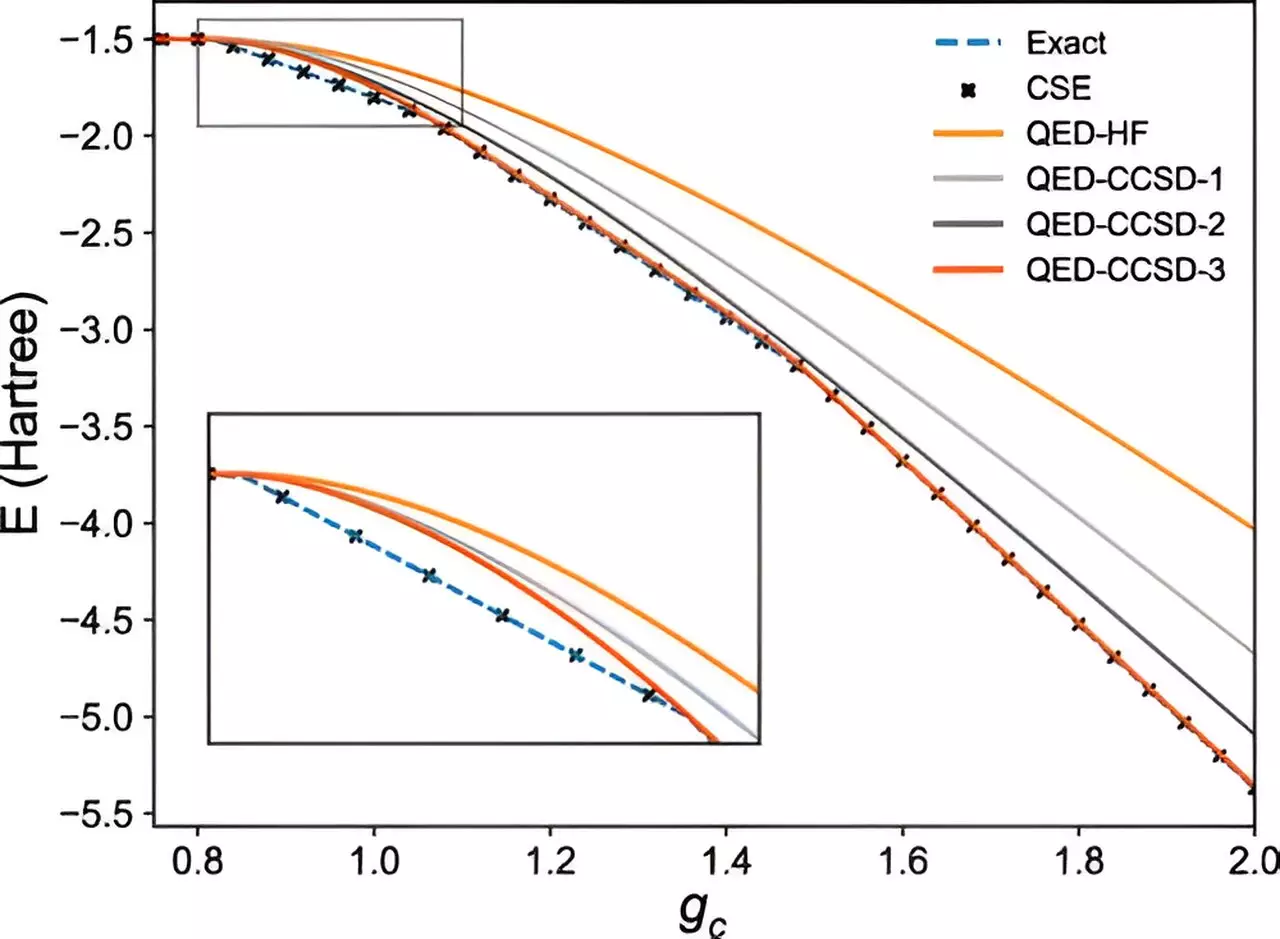The study conducted by the University of Trento and the University of Chicago has introduced a groundbreaking approach to examining the interactions between electrons and light. This research has the potential to significantly impact the development of quantum technologies and the exploration of new states of matter. The findings, published in Physical Review Letters, shed light on the importance of understanding quantum particle interactions in the quest for innovative materials and technologies.
The field of polaritonic chemistry aims to utilize light as a catalyst to induce new chemical reactions. By manipulating light-matter interactions, researchers can explore the synthesis of novel quantum matter with unique properties. This avenue of research opens up possibilities for the creation of advanced materials that could revolutionize various industries, including technology and medicine.
Quantum systems involving multiple elements, such as electrons, photons, and phonons, present a significant challenge due to their intricate nature. Calculating the wave function of such systems accurately is a daunting task, as it requires comprehensive knowledge of the behavior of various quantum particles. The researchers from the University of Chicago have endeavored to address this complexity by developing a theoretical framework to predict interactions within many-body quantum systems.
The researchers introduced an “ansatz” to facilitate the prediction of particle interactions within quantum systems on a quantum computer. This method was then extended to encompass systems with diverse types of quantum particles, enabling precise simulations of quantum algorithms with zero theoretical error. The ability to generate accurate wave functions for complex systems on quantum devices signifies a significant advancement in the field of quantum computing.
By incorporating particles beyond electrons, such as photons, into their analysis, the researchers have broadened the scope of their study. This universal approach allows for a comprehensive understanding of the wave function structure and the physical properties of the system under investigation. This innovative methodology paves the way for exploring new states of matter and unlocking untapped potential in material science.
The researchers emphasize that their approach is well-suited for quantum computers, opening up new avenues for modeling complex molecular problems related to light-matter interactions. The application of quantum computing in polaritonic chemistry could lead to significant advancements in the field, allowing for the accurate prediction of chemical reactions and the discovery of new materials with unprecedented properties.
The study conducted by the University of Trento and the University of Chicago represents a significant step forward in the exploration of electron-light interactions and their implications for quantum technologies. The innovative approaches developed by the researchers have the potential to reshape the fields of quantum computing and material science, offering new insights into the complex interplay between quantum particles and light.


Leave a Reply